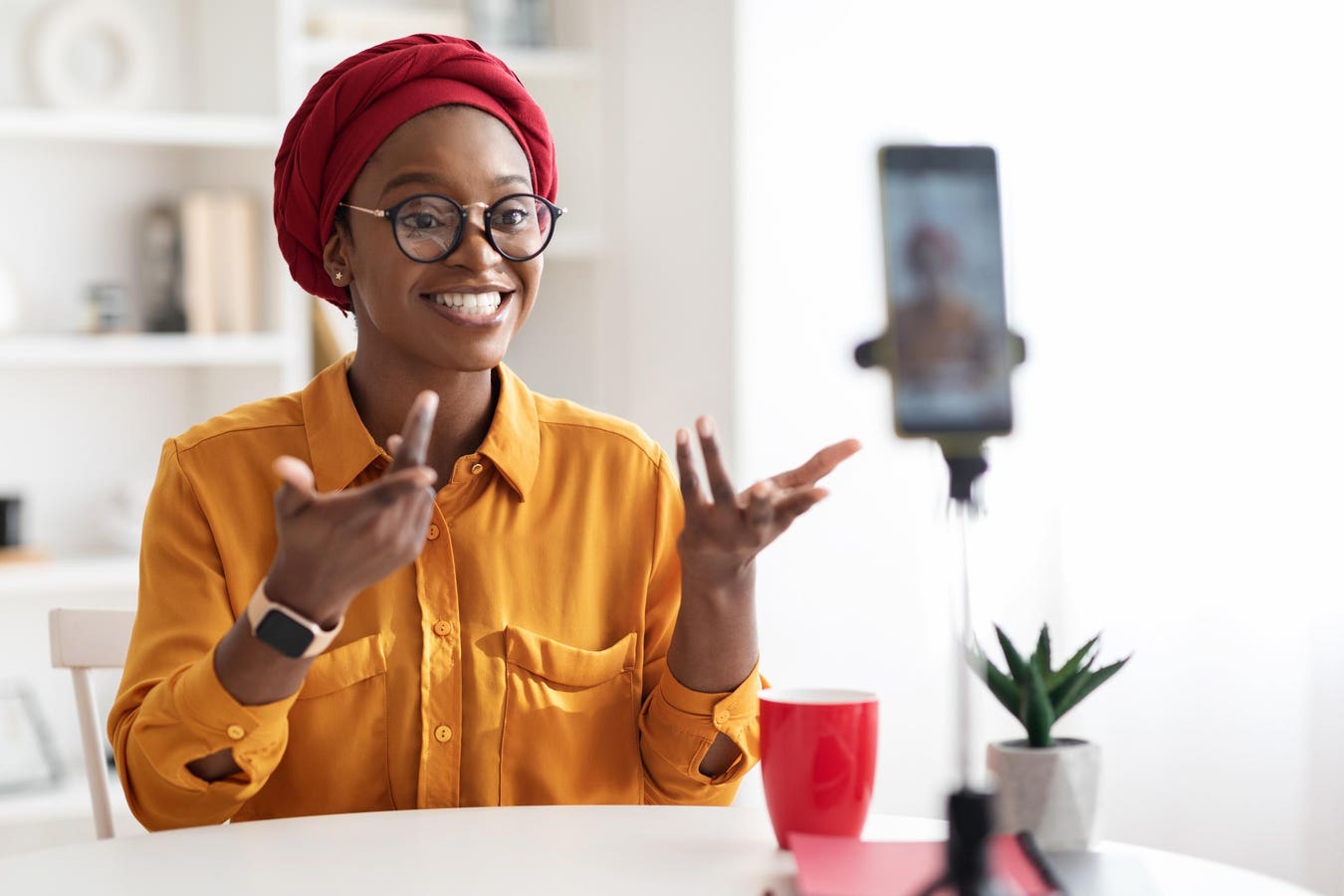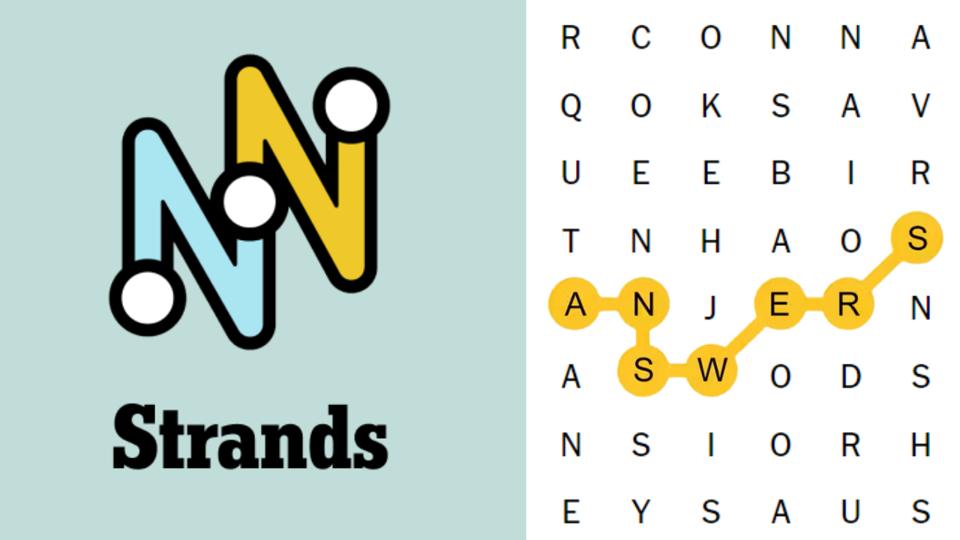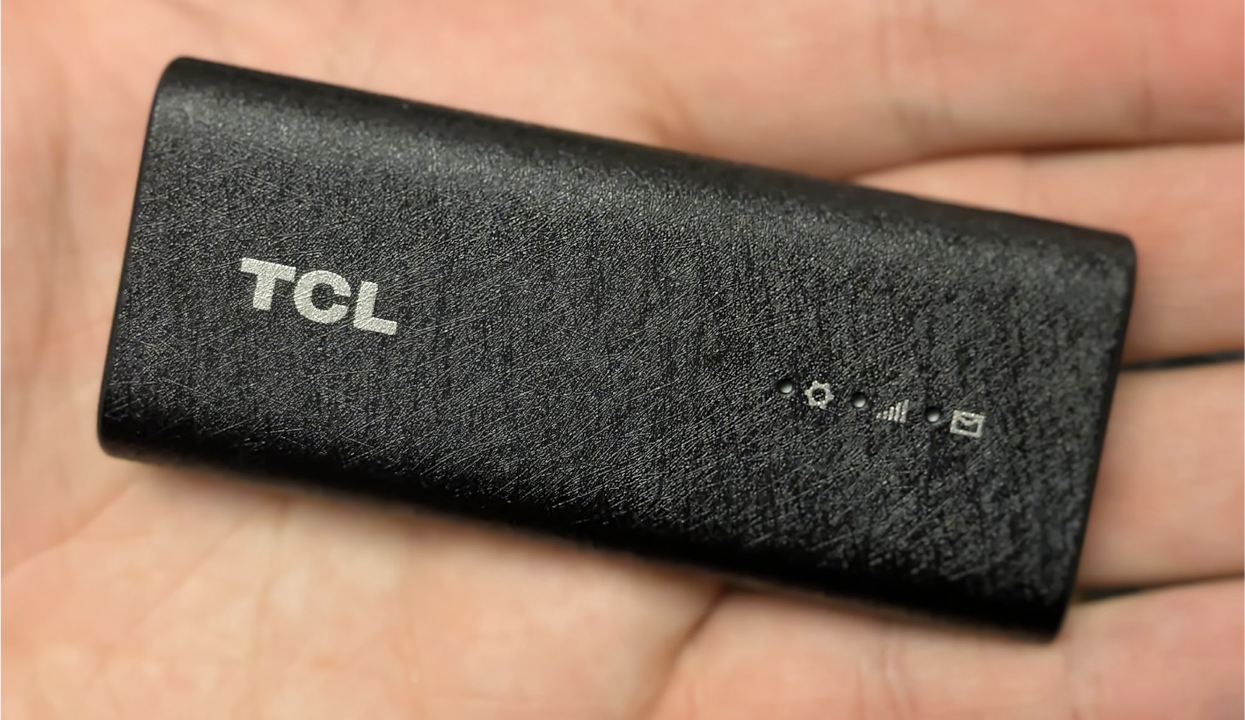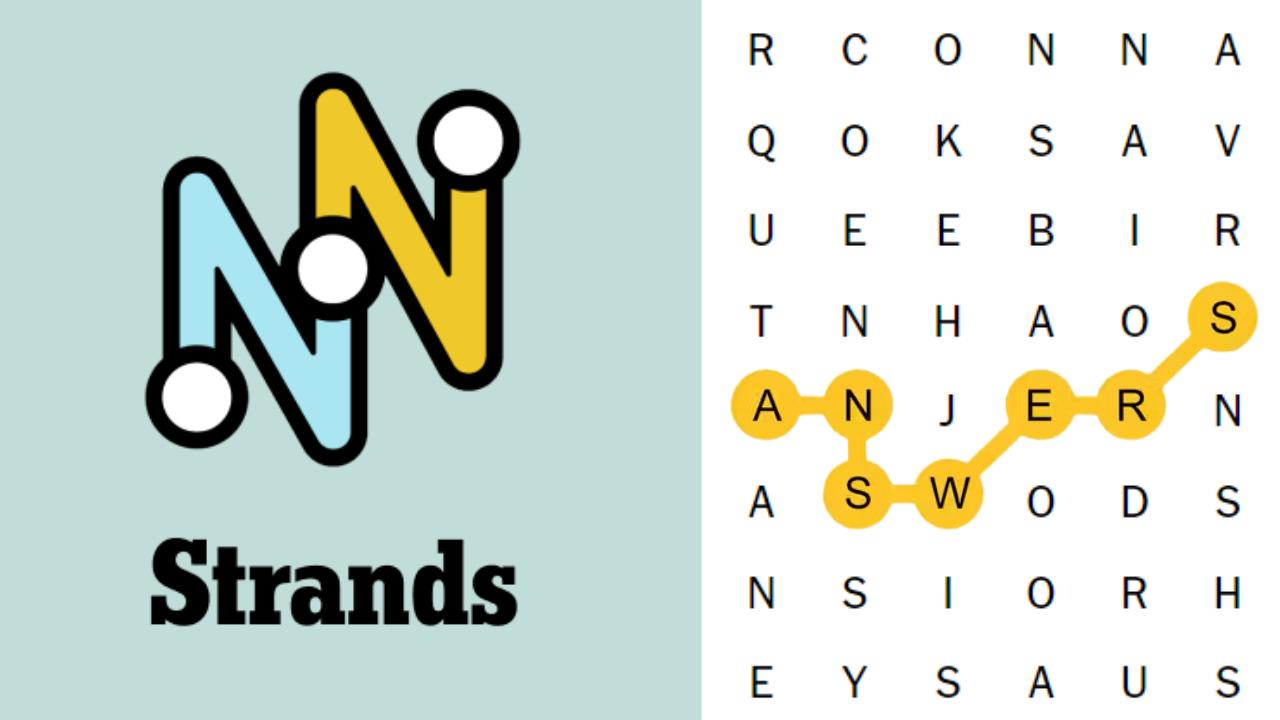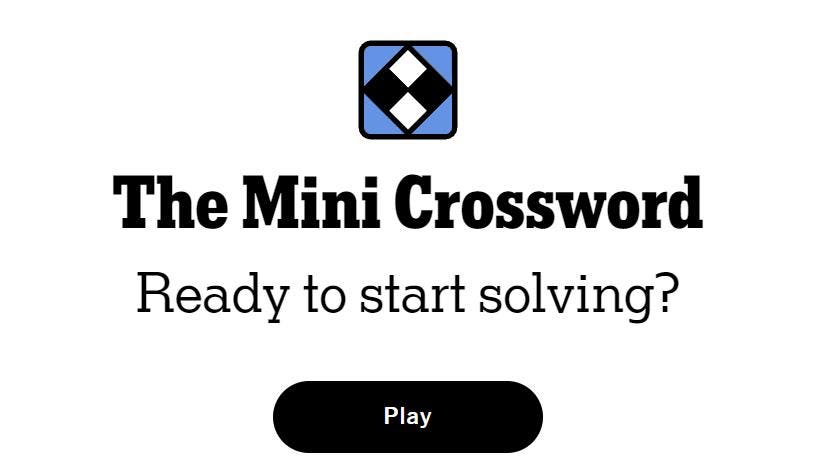Can The Creator Economy Help Women Of Color Build Wealth?
Once viewed as a side hustle, the creator economy has evolved into a $250 billion global industry, projected to reach $480 billion by 2027 according to Goldman Sachs. Yet, as the sector matures, a persistent gap remains, with women of color still underrepresented among the highest earners and most-followed digital entrepreneurs.
What began with hobbyists earning small ad checks on early social media platforms, such as YouTube channels, has transformed into a complex landscape of multi-platform entrepreneurship, even when most of these creators start with little to no business experience. This model often combines ad revenue, brand deals, subscriptions, merchandising, crowdfunding, and direct fan support, as well as building their own businesses or even launching their product lines. Yet, as women of color continue to face barriers to funding, recognition, and growth, their stories are often less heard in narratives about the rise of the creator economy.
The following five stories showcase the journeys of five women of color whom I interviewed for the Rewired series, focusing on visibility as a crucial element in the path to financial freedom for women of color entering this industry. This article will focus on how they are leveraging visibility to build a better financial future for themselves, their communities, and to create a ripple effect of lasting change.
Maya Lê Is Diversifying Children’s Bookshelves And Educating More Kids
Maya Lê turned her passion for diverse children’s books into a digital business after starting as an elementary school teacher. “My platform, MaiStoryBook, actually started out on YouTube, where I would record interactive read-alouds of stories because I hadn’t seen anything like that on YouTube. I wanted to create a resource for parents to be like, ‘Hey, this is an example of how you can read your book to your kid by asking questions and still making it fun and getting them to move and interact with the story,’” she told me.
After losing her teaching job during the COVID-19 pandemic, Lê leaned fully into her content, collaborating with publishers, monetizing lesson plans through platforms like Teachers Pay Teachers, and building a business focused on diverse and inclusive book collections. “A big part of my platform is that I also wanted to share diverse and inclusive stories. So a main goal of mine is to help curate bookshelves where every child can see themselves represented,” she says.
The purpose that fuels Lê’s informative platform helped her build a strong following on social media, expanding her reach and creating new opportunities to increase her income and make content creation a full-time endeavor. “If I want to do this full-time, I do have to be paid […] you’re building a business and a brand. It’s your career and your work, and it’s your time and labor that you’re putting into it, and everyone deserves to be paid and compensated for what they’re doing.”
As more people discovered her content, publishers and brands started reaching out, and she understood the real possibility of financial growth. Although Lê prefers to work with an agency to help manage her brand deals and negotiate rates—a part of the business she once felt uncomfortable handling—she’s learned to see visibility as a stepping stone to financial opportunity.
Her top advice for women of color in the creator economy: “Be unapologetically you […] find your specific niche or what you really want to share and be, and stick to that […] and don’t be afraid to monetize and ask for what you’re worth, your value.”
Blair Imani Is Turning Bite-Sized Education Into A Sustainable Business For Marginalized Voices
Blair Imani turned bite-sized education into a movement with her platform Smarter In Seconds, which she launched during the 2020 racial justice reckoning. “I started creating my show smarter in seconds, and the whole point of this was to teach people about racism, sexism, different forms of oppression etc. I had grown from like 50,000 followers to 150,000 followers to 250,000 followers in like 3 days,” she says.
As her online presence quickly expanded, Imani recognized that her visibility had progressed beyond the awareness movement stage to create a leverage point for herself and her community. Blair has built a business model based on partnerships, fair pay, and purposeful collaboration: “My belief is that if you don’t capitalize on yourself as a Black woman or a woman of color, the world will capitalize for you. So, you might as well be the one who makes money off of your own name and your own image.”
Visibility and expansion are important for Imani as she continues to expand the impact of her work. In doing so, she has been intentional about protecting her brand’s integrity, even if it means forgoing revenue. “Sometimes I’ll sign on to a brand deal and then realize ‘oh, this is not aligned,’ and I walk away. And I think that’s another way to avoid selling out. Remember you can always say no. You can always take a step back. But once you post something on the internet, it’s forever. So you have to be very selective.”
Her tactical approach to content creation is “Test everything […] treat the technology like it’s technology, be adaptive […] and remember your audience is not just going to be your friends.” For Imani, wealth is now about sustainability and legacy. “I think that true wealth means that you’re able to opt out of the capitalist grind and take time for yourself in a sustainable way […] Wealth is also sharing your abundance. […] if I’m able to have a part in their career and their success, that feels like wealth.”
Joanna Franco Is Bridging The World With Stories Of Language And Travel
Jo Franco’s story began with years of behind-the-scenes work and almost no financial reward. “I was putting in 12-hour days and had to work maybe two, three years to get $2. My mom just brought this up yesterday […]. But I worked for three years before seeing any money,” she says. Facing student loan debt and the pressure to support her family, Franco had an idea that fueled her motivation to show up and create content often.
Visibility became the foundation for Franco’s transformation from creating content to becoming an entrepreneur. By consistently sharing her journey, pitching brands, and showing up on multiple platforms, Franco expanded her audience and with it, a new revenue stream came. “It was really this shift of ‘okay, let’s move to Los Angeles. There is no plan B.’ […] Every day I was pitching people. Every day, I was trying to help myself. That was really the mindset shift,” she mentioned. For Franco, each new subscriber, viral post, or media mention was not only validation but a direct opportunity to expand her business footprint and negotiate higher-value partnerships.
Franco’s tactical approach to content creation is defined as follows: “All good projects always start with research […]. The second thing I would say is think about things that you genuinely want to develop in your life, and how you can turn that into a content opportunity. Plan ahead. Have your content buckets. Pick the three categories of things you like to talk about.”
Today, Franco defines her financial future in holistic terms. “Do I have time for relationships? Do I have time to have a balanced life? Our bills are paid to the point where I don’t even have to think about it. To me, that is wealth.”
Karen Sevillano Is Advocating For Women’s Wellness
Karen Sevillano’s creator journey began with an unexpected viral video during the pandemic. “I had a thousand and eight followers on Instagram, and on TikTok, I had nothing. It was my first video,” she recalls. Suddenly, brands, celebrities, and a wave of new followers arrived, giving Sevillano a platform to share her experiences as a Black woman in Colombia. “In a month, I was already in newspapers, in the news, and many actors, models, and people from this media were replicating my videos.”
Although her content began as entertainment, Sevillano’s growing visibility soon allowed her to expand into topics that mattered deeply to her community, such as women’s empowerment, mental health, and wellness. She began using her platform to spark conversations about mental health and critical topics during Covid-19 pandemic, bringing in experts to answer the questions her audience was raising, and creating a trusted space for dialogue.
Her mix of entertainment, empowerment, and advocacy has attracted more than 3.7 million Instagram followers and earned her a spot on a popular Colombian reality show, further increasing her reach. As her influence grew, Sevillano identified a persistent gap in the beauty market, one she is now determined to fill with her newest business venture: skincare products in sync with the physician and mental health advocacy. Inspired by her own struggles with acne and the challenge of finding suitable products as a Black woman in Colombia, Sevillano is preparing to launch a line of sun protection and self-care solutions tailored for different skin tones prioritizing darker ones. For Sevillano, visibility has not only opened new financial doors, but also enabled her to address the unmet needs of her community in a tangible way.
Sevillano’s approach to visibility is rooted in consistency and community. “If you identify with content, even if no one else is doing it, do it. There is always an audience for everything. Second, be constant. And third, and I think it’s the most important, surround yourself with or start following people who are in the same world as you.” Her tactical collaborations and focus on topics relevant to her audience make her stand out. “I think what people can’t see is that behind this, I’m training in what I am, so I don’t get lost. There’s also discipline; you have to know what you are and do that content from the heart,” she says. For Sevillano, wealth is the power to empower others, without losing herself in the process.
Anela Malik Is Betting On Community-Driven Storytelling”
Anela Malik started her platform as a creative outlet while serving as a U.S. diplomat abroad. “I started an Instagram account as a hobby and I didn’t make any money with it because I had this career. I had worked for years to get this job and I never planned to make money from it,” she said. But when her Black-owned business guides went viral and her work environment no longer aligned with her values, Malik decided to take the leap into full-time content creation.
She quickly saw that visibility was the engine for both expanding the impact she wanted to create for her community as well as her income. As her audience grew, so did the reach of her message and her ability to attract sponsors, crowdfund and turn passion projects into sustainable projects or businesses. “As my platform started to grow and I realized I did not want to continue working for [the State Department], I decided to take the leap and quit. I had zero income, zero revenue and no plan.” What she did have, however, was a growing desire to tell stories that mattered to her and the drive to shine a light on Black-owned businesses and underrepresented communities.
Recently, Malik raised $55,000 through crowdfunding to launch Our Block, a travel docuseries that explores Black communities across the U.S. through food, storytelling, and culture. From D.C. to Oakland, each episode uncovers joy, resistance, and legacy, while following Malik’s deeply personal journey of reinvention and self-love. Audience support built through years of honest storytelling and resource sharing has been key to turning her vision into reality.
Malik’s approach is rooted in lifelong learning and adaptability. “The biggest thing that you can do to make it work is to forever be a student. You need to be comfortable learning new things, enjoy learning new things. You have to be willing to fail publicly and be committed to growth.” Alongside her social channels, Malik’s newsletter has become a powerful tool for connecting with her audience and sharing resources, updates, and behind-the-scenes insights directly with her most engaged supporters.
Today, Malik sees her financial future as a combination of courage and community. “You have to be certain that you want it enough that you’re willing to fail. Working for yourself means betting on yourself when you have slow months and nobody’s replying to your emails, betting on yourself even after you’ve made a mistake and you know you’re going to be learning and growing a lot.”
While the creator economy continues to evolve, these women of color demonstrate that visibility is far more than a metric of a growing industry. It is quickly becoming a catalyst for building businesses, creating meaningful communities, and rewriting what financial success can look like. Their journeys highlight not only the resourcefulness, entrepreneurial drive, and personal authenticity needed to turn attention into long-term impact, but also the power of forging genuine connections. Each has approached her platform as a way to serve, uplift, and solve real problems within their own community; As the landscape grows more competitive, their stories are a reminder that representation, the courage to claim new ground, and the willingness to grow in company with others remain essential for shaping not just their own financial futures, but for opening doors for many more watching, learning, and rising alongside them.

